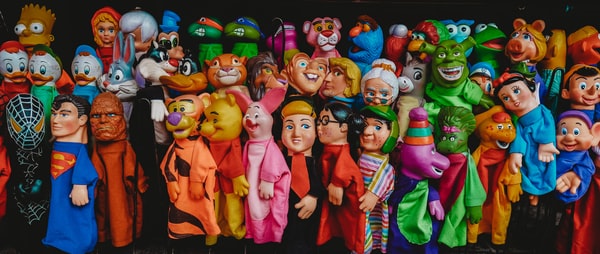 When the main character in a story is created, the reader needs to be able “see” a fully-formed individual they can connect with and invest in for the duration of the story. He/she cannot be a teetering paper doll or a penciled stick figure struggling to grab and hold the reader’s attention. Let’s see what we can do about that.
When the main character in a story is created, the reader needs to be able “see” a fully-formed individual they can connect with and invest in for the duration of the story. He/she cannot be a teetering paper doll or a penciled stick figure struggling to grab and hold the reader’s attention. Let’s see what we can do about that.
A Physical Body
Would your reader recognize your MC (main character) if they walked into the room? Would you, the writer—their creator?
Sometimes an outline or a character sheet is in order. List all of the physical characteristics that immediately come to mind and save it so that you can add to it later. Pretend your MC is looking into a mirror, and record what you see. Height, weight, build, hair/eye color, skin color/tone, and distinguishing marks (tattoos, scars, etc.). All need to make the list. Are they well groomed, or in dire need of a bath?
Does their physical appearance reflect their role in your story? The hands of a construction worker are going to look vastly different than those of a corporate executive. You get where I’m going, so have fun creating and personalizing the physical form of your MC.
Go overboard on the details on your character sheet. Not all of them will find their way onto the page, but they will “flesh out” the MC in your mind; the essence of who they are will find its way onto the page. Employing all of the senses will enhance the creation of your MC’s external self.
The Internal Self
Now that you’ve got a physical body created, what is happening inside? What sort of personality does your MC have? Where does their moral compass point? Think about their internal, emotional self that no one in their external world sees.
Are they strong and assertive on the outside but insecure and fearful on the inside? Has some event in the past shaped them into what they are when they emerge onto the page of your story? Elements such as upbringing, life events, choices (good or bad) will influence your MC and help the reader see how they came to be. If appropriate, some of these details may emerge with bits of backstory or a specific story element, but only if relevant to the story.
Relationship to the Story World
How does your MC fit into the world of the story? This can be part of your world-building, but the reader needs to know how your MC fits and lives in that world. Where do they fit in society, and how does that affect their personality and moral character?
Here’s an example: Do they lust for power? If so, why? What has made them the person you’ve created and are presenting to the reader? Is there some family history or a series of events that contributed to your MC becoming who they are? Is their name significant? Why, or why not? This information should be a part of your character creation sheet, but not all of the elements will necessarily find their way into your story.
They will have relationships with other characters in the story, so they need to be able to stand on their own two feet and show the world who they are.
Creating a fully formed MC will help you, the writer, immerse them into the world of your story. Investing the time and effort up front to build them, inside and out, will ensure they become someone your reader can invest in and become a MC your readers won’t soon forget.

Lee Gramling
Good points; but so much more might have been said. What does each of the characters want? In life? In a particular scene? What does he or she hope to avoid? This applies to ALL characters, not just the MC. Conflicting goals create dramatic tension and give direction to even the most “incidental” scene.
Bill Hepper
Of course there is more to be said. Whole books are written on the topic. It was a helpful post, Ms. Hawkinson. Food for thought. Thank you.
Niki Kantzios
And so important. As a reader, I’m way more interested in the characters than the plot. Thanks, Anne.